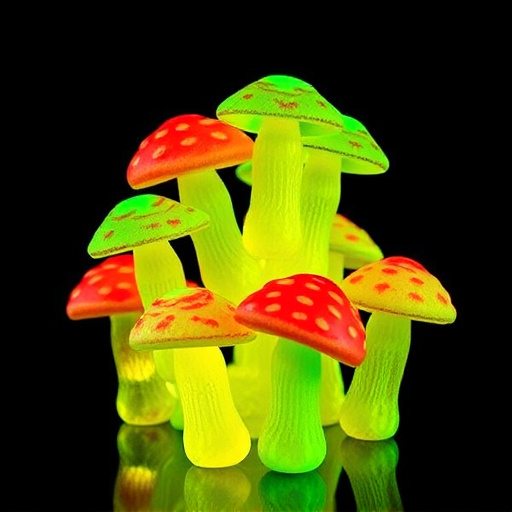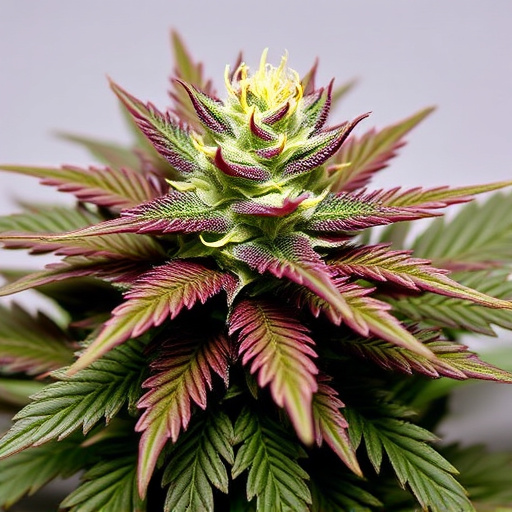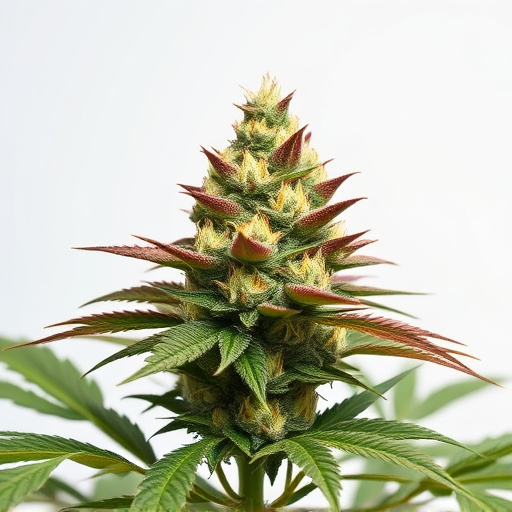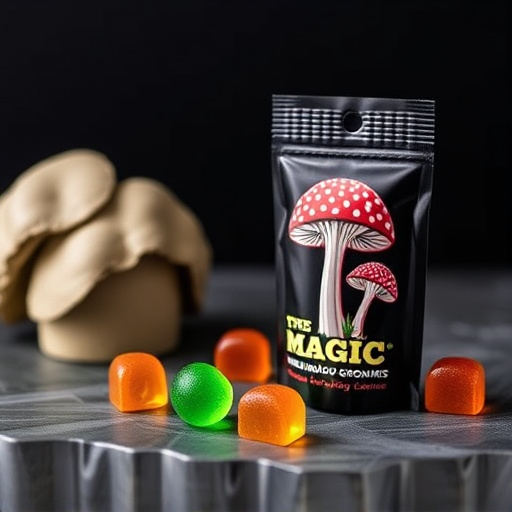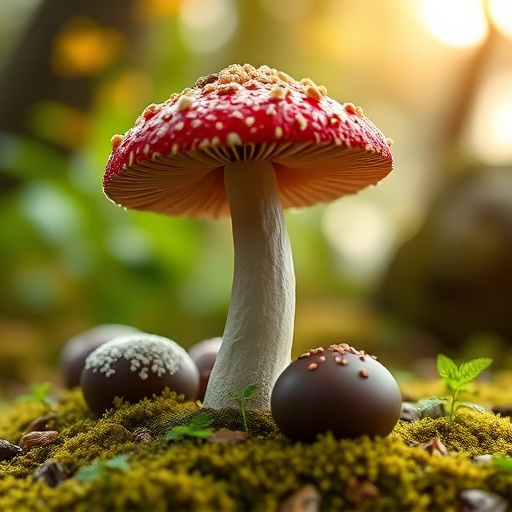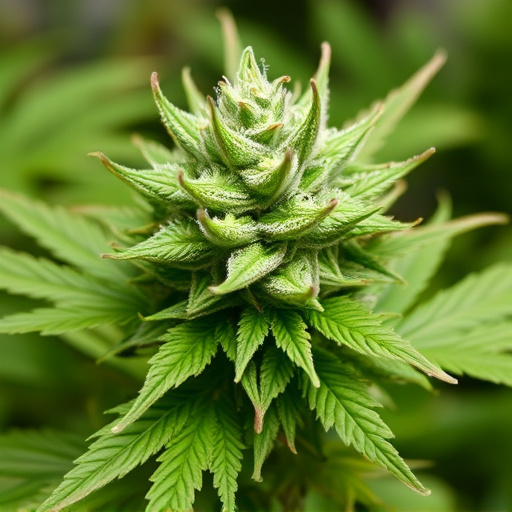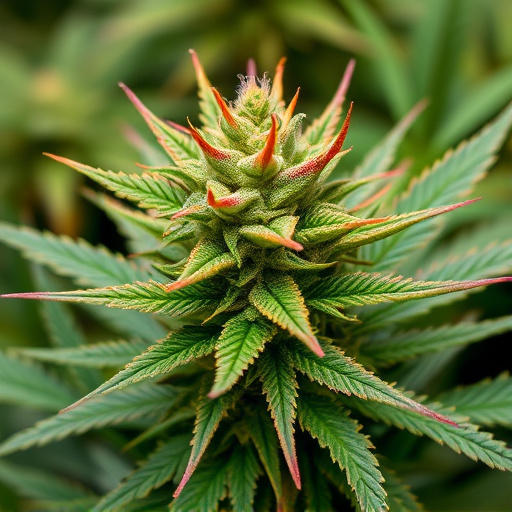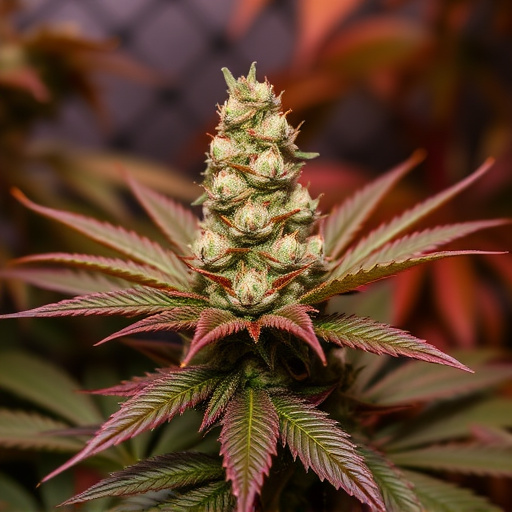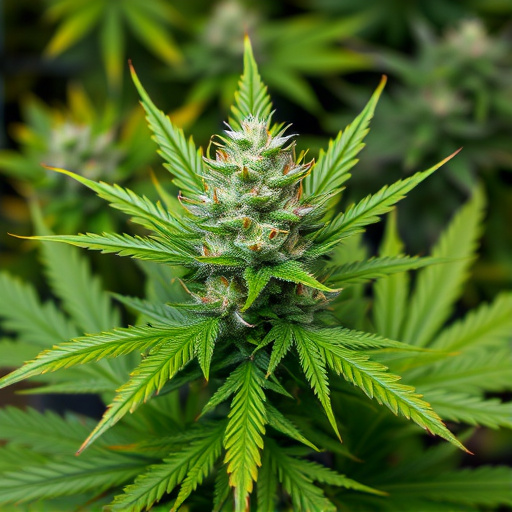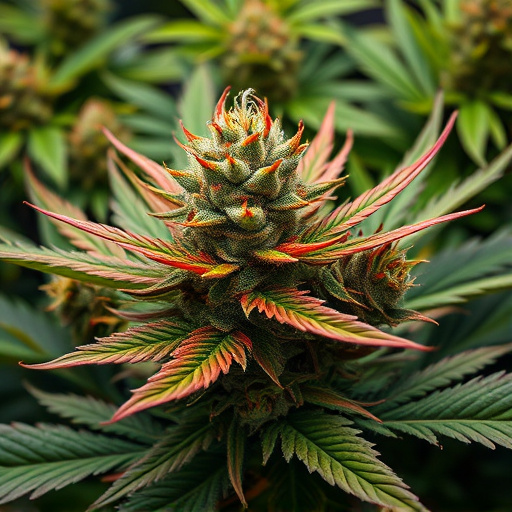Exotic marijuana strains captivate users with their unique terpene profiles, offering diverse sensory journeys from floral to spicy aromas. Key terpenes like myrcene and linalool, prevalent in Indica and Sativa strains respectively, significantly influence the calming or mentally clarifying effects of these rare varieties, enhancing the overall cannabis experience through their intricate interplay with cannabinoids.
Discover the enchanting world of terpenes, the unsung heroes responsible for the unique aromas that define different exotic marijuana strains. This essential guide unravels the chemical mystery behind cannabis scents, exploring how terpenes create a sensory experience like no other. From vibrant citrus notes to earthy nuances, each strain’s scent profile tells a story. Uncover the impact of these volatile compounds on the overall experience, offering a deeper connection to the diverse landscape of exotic marijuana strains.
- Understanding Terpenes: The Chemical Compounds Behind Marijuana Aroma
- Exploring Exotic Marijuana Strains and Their Distinctive Scent Profiles
- How Terpenes Influence the Sensory Experience of Different Weed Strains
Understanding Terpenes: The Chemical Compounds Behind Marijuana Aroma
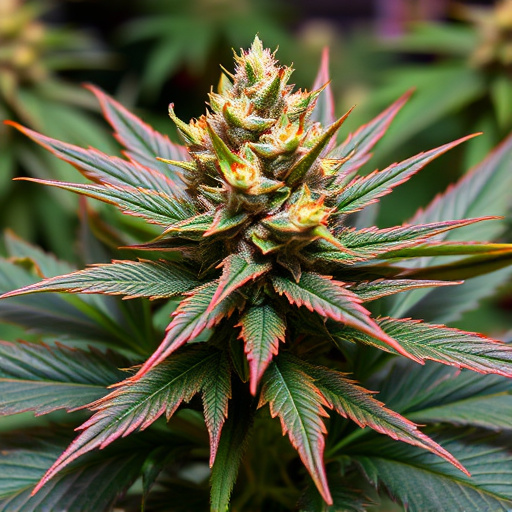
Terpenes, often referred to as the chemical compounds responsible for the unique aroma and flavor of cannabis, play a pivotal role in shaping the experience of smoking or consuming exotic marijuana strains. These natural oils are produced by plants, including cannabis, and contribute significantly to its distinctive scents and potential therapeutic effects. With over 100 known terpenes identified in marijuana, each offering distinct olfactory profiles, understanding their presence is key to appreciating the complexity of various exotic strains.
The aromatic profiles of these compounds range from sweet and fruity to earthy and spicy notes, often evoking specific associations. For instance, myrcene, one of the most abundant terpenes in cannabis, is known for its musky and terrestrial aroma, while linalool imparts a floral and lavender-like fragrance. This chemical diversity allows different exotic marijuana strains to offer diverse sensory experiences, captivating the senses and contributing to their unique appeal among cannabis enthusiasts.
Exploring Exotic Marijuana Strains and Their Distinctive Scent Profiles
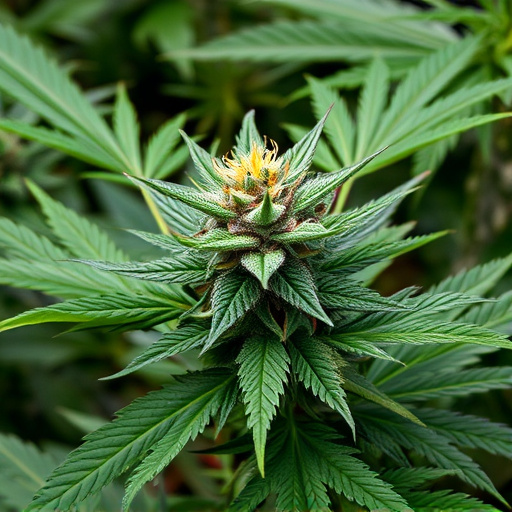
Exploring exotic marijuana strains reveals a diverse array of scent profiles, each offering a unique olfactory experience. These rare and specialized varieties often boast complex blends of terpenes, the aromatic compounds responsible for the distinct smells associated with different cannabis types. From floral and fruity notes to spicy and woody tones, the terpene makeup contributes significantly to the overall aroma and flavor profile of each strain.
By delving into these exotic strains, users can embark on a sensory journey, uncovering rare terpenes that create intricate scent landscapes. For instance, some strains may exhibit a symphony of myrcene, linalool, and terpinolene, resulting in earthy, spicy, and floral notes that captivate the senses. Others might showcase more unusual terpene profiles, such as pinene’s fresh, piney aroma or caryophyllene’s peppery, clove-like characteristics. Exploring these diverse scent profiles not only enhances the cannabis experience but also showcases the intricate relationship between terpenes and the unique attributes of exotic marijuana strains.
How Terpenes Influence the Sensory Experience of Different Weed Strains
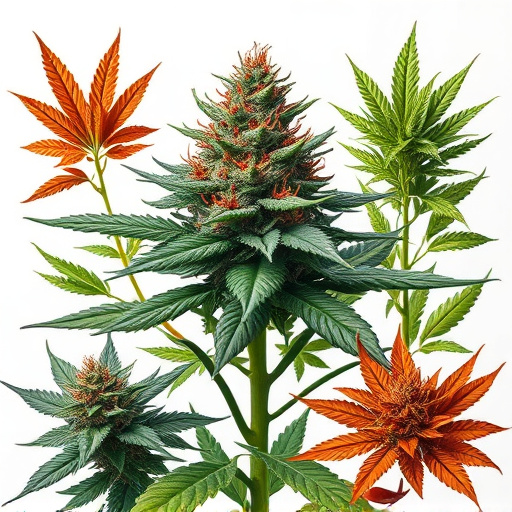
Terpenes play a pivotal role in shaping the sensory experience of cannabis, adding complexity to the unique aromas and flavors associated with different strains. These volatile compounds, produced by both plants and essential oils, interact synergistically with cannabinoids, creating an olfactory journey that enhances or modifies the effects felt by consumers. The influence of terpenes goes beyond just scent; they contribute to the overall ambiance, evoking distinct emotional responses and sensory impressions.
In the realm of exotic marijuana strains, terpenes become the secret ingredients that differentiate subtle floral notes from bold citrusy accents. For instance, myrcene, known for its earthy and musky characteristics, is prevalent in many Indica strains, inducing a calming and relaxing effect. In contrast, linalool, with its lavender-like aroma, is often found in Sativa varieties, promoting mental clarity and a sense of euphoria. This interplay between terpenes and cannabinoids creates a dynamic sensory experience, where the scent alone can hint at the expected effects and individual strain personalities.
Terpenes, the unsung heroes of cannabis, play a pivotal role in shaping the unique scents and sensory experiences associated with various exotic marijuana strains. By understanding these chemical compounds, we can truly appreciate the intricate dance between aroma and effect that makes each strain distinct. From citrusy notes to earthy tones, terpenes enhance the overall experience, offering a glimpse into the complex world of cannabis diversity.
